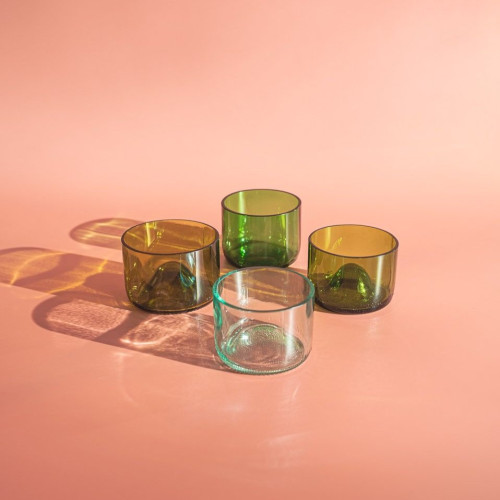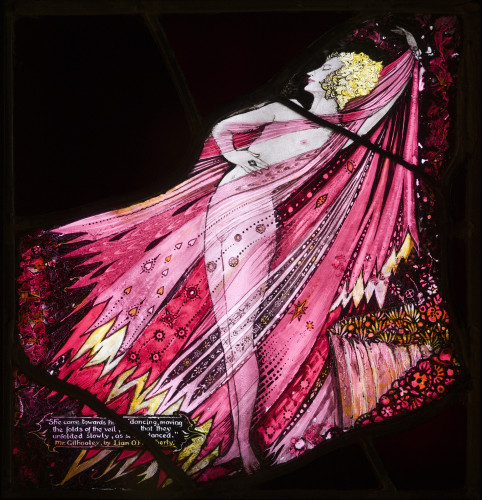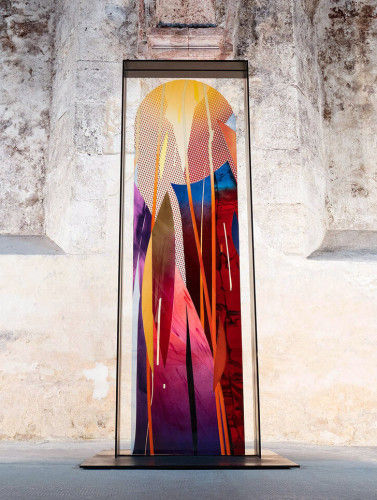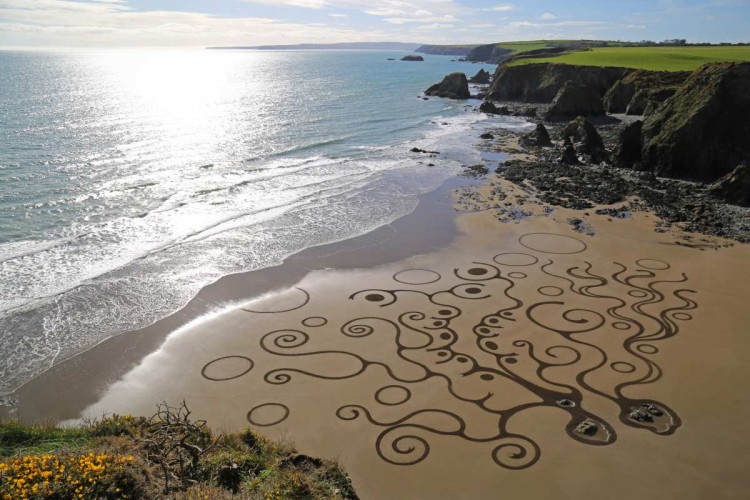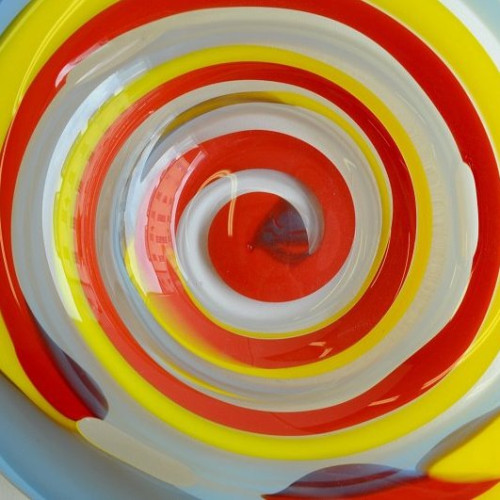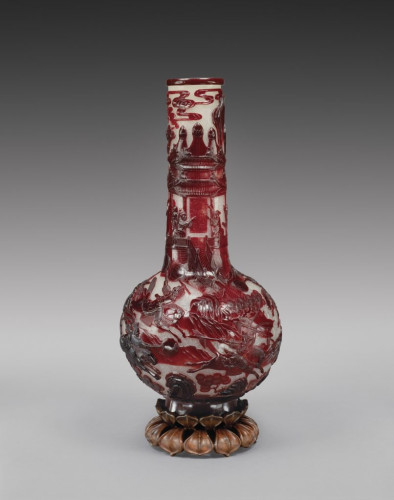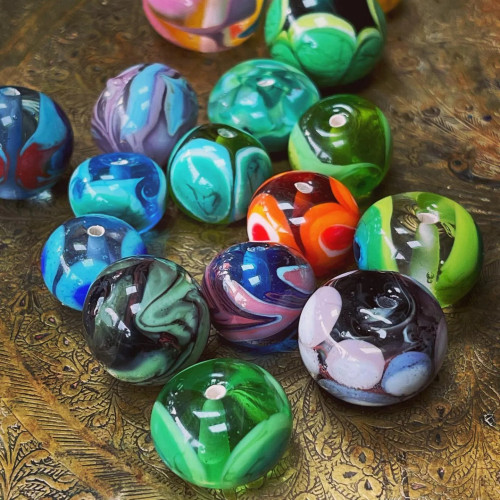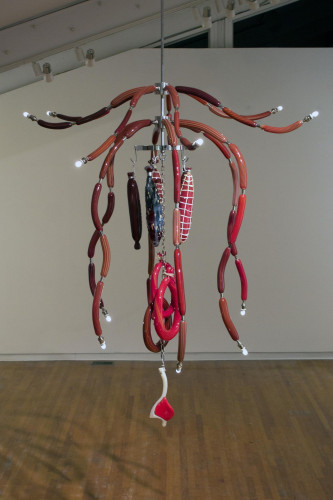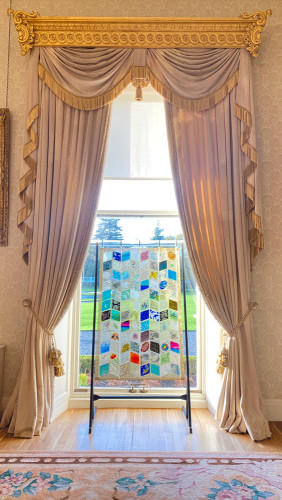Pliny, a Roman historian, wrote that the way to make glass was discovered by a group of hungry sailors. The story goes that they lit a fire on a beach and rested their cooking pot above it on blocks of natron - a natural alkali they were carrying on their ship. When these blocks and the sand were heated by the fire, out flowed streams of a clear liquid. We don’t really know who invented glass - and the sailors’ fire definitely wouldn’t have been hot enough - but we do know that the earliest glassmakers lived in Mesopotamia, the land between the Tigris and Euphrates in the Middle East. We still have their instructions written on clay tablets!
The Ancient Egyptians were gifted glassmakers and archaeologists have found intricate glass sculptures, colourful beads and tiny bottles made by moulding glass around clay cores. Glass might be everywhere now but in Ancient Egyptian it was a material for the wealthy. One of the most striking uses of glass is for the blue stripes on the headdress of King Tutankamun. Tut’s tomb contained a wealth of other glass objects, including an elaborate pectoral containing a scarab beetle carved from a yellow glass formed when a meteor hit Earth millions of years ago.
It wasn’t until the first century BC that glassblowing was discovered by Syrian glassmakers. The Romans spread the technique far and wide through their Empire. Glassblowing made production faster and easier so glass became more common and cheaper - so much so that the rich preferred to drink out of gold and silver cups to show off. The Romans didn’t just spread glassblowing, they also spread glass recycling. They even had windows - although you couldn’t see through them very well. They were green-blue in colour and had lots of air bubbles in them.




